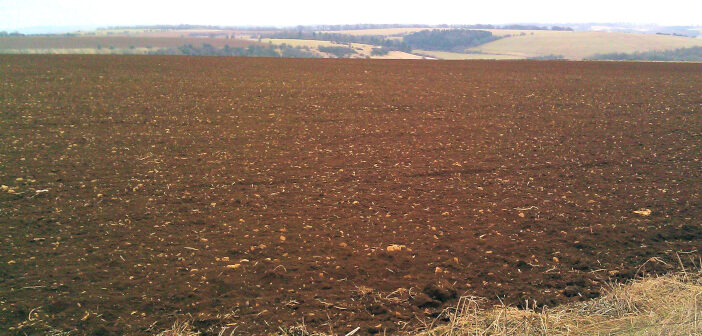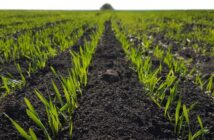It can be hard to look past harvest to autumn planting but preparation is key. While a lack of preparation prior to planting may not lead to a complete crop failure, the chances of maximising the crop yield and quality as well as minimising input usage are limited.
Once the field is cleared, the first, and arguably the most important step, is soil sampling and analysis, with the emphasis being firmly placed on the analysis. While it’s important to avoid ‘analysis paralysis’, it is equally important to understand what the standard soil analysis results don’t show you as well as what they do.
Simon Fox, MD of OptiYield, and soil scientist of 40 years, believes that the Standard Soil Analysis (SSA) tests and results (which are used the world over) provide very limited information on which to base a season’s input decisions.
He said: “The analysis methods used have limitations which subsequently mean that fertiliser and nutrient recommendation they produce often poorly reflect the soil’s actual ability to provide the nutrients to meet crops actual needs.”
He believes that the limitation of the SSA methods are:
- They are too simplistic – based on single soil sample lab extraction levels
- There are ‘poor to very poor’ correlations of extractant readings to ‘real-world’ plant uptake for most nutrients
- Root growth and crop vigour in exploring the soil are not accounted for
- No account is taken of nutrient ‘lockup’ or immobilisation; influence of other soil components – eg clay. (Organic matter, pH or conductivity); nutrient interactions and antagonisms and equilibrium / exchange dynamics
Within the soil, no nutrient or element acts autonomously and therefore each test result shouldn’t be taken in isolation. To maximise the benefit of taking the samples, the analysis methods need to account for the soil chemistry, its interaction, dependencies and antagonisms in order to give the ‘full picture’ of the soil’s constituents and its ability to provide support to the crop throughout the growing season.
Over the last ten years, Mr Fox has developed and refined a range of soil analysis tests that offer an extension to the SSA, providing a more accurate account of the soil’s ability to deliver the necessary nutrients for crop establishment, growth and yield.
He believes the analysis methods provide the following information on top of the SSA:
- A breakdown of soil characteristics – Soil texture and fitness, cation antagonism, pH, base saturation and organic matter %.
- An analytical and calculated measure of phosphate availability
- An available phosphate measurement
- Cation availability
- Micronutrient availability
Mr Fox concluded: “For the past two decades yields of major field crops have hit a ceiling despite continual improvement in varieties, machinery and monitoring technology. For me the key issue here has been the continuing mismatch of soil analysis to genuine nutrient availability and the lack of an holistic approach to crop nutrition from macro to micro nutrients required through a crop’s growth cycle.
It is only with this information that accurate fertiliser, macro/micro nutrient recommendations can be provided for any given crop throughout its growing cycle. Accurate recommendations offer the optimum amount to maximise yield/quality whilst minimising waste, thereby treading the fine line between profitable food production, environmental sustainability and soil enrichment.”




